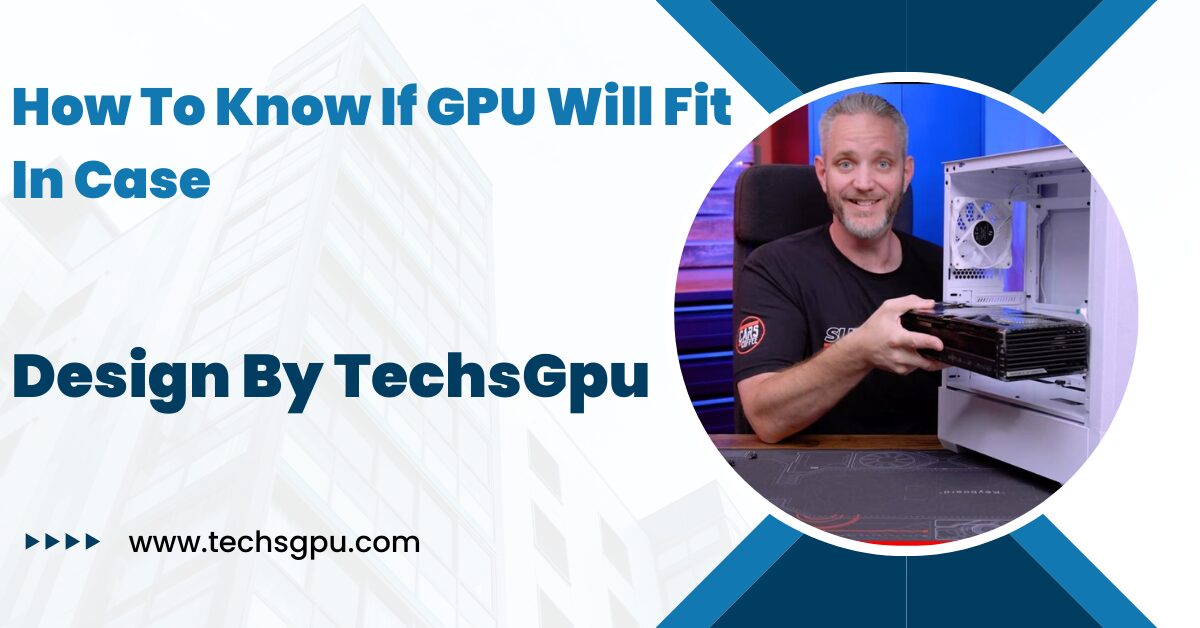To ensure a GPU fits in your case, measure the internal dimensions and compare them with the GPU’s specs. Also, check PCIe slot availability and PSU clearance for compatibility.
Introduction:
Choosing the right GPU for your computer build is crucial for optimal performance. However, ensuring that the GPU will physically fit into your case is just as important. This guide will help you determine if a GPU will fit into your case, covering key factors and practical steps to ensure compatibility.
Importance of Checking GPU Fitment:
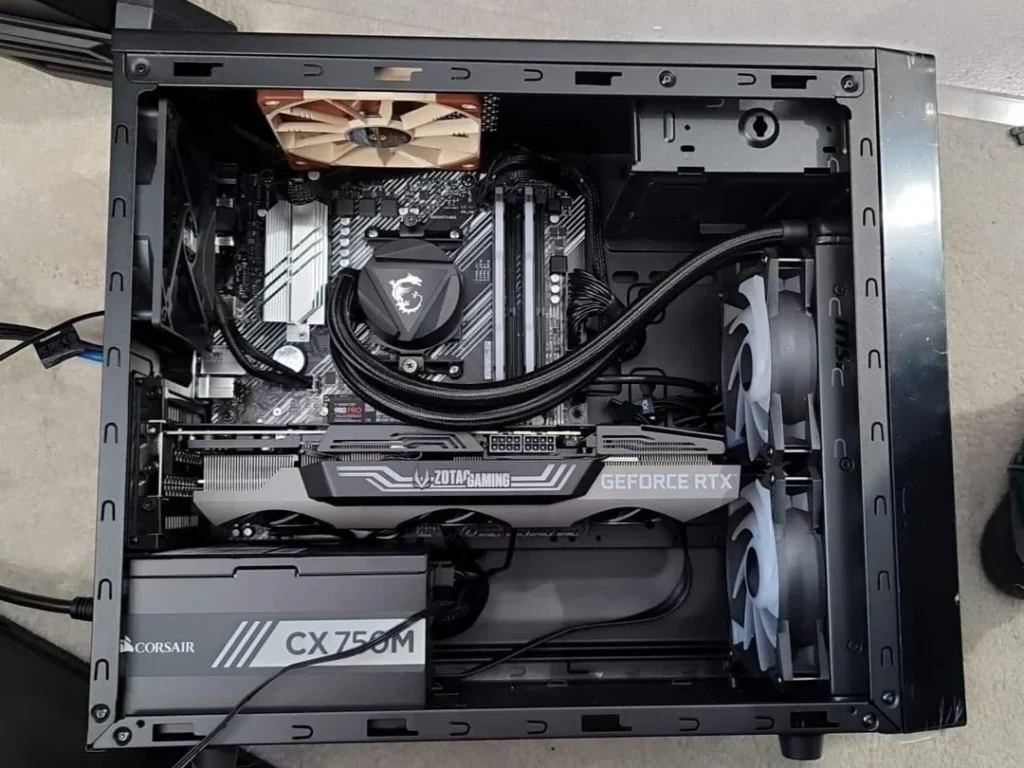
Ensuring that your GPU fits properly in your case is essential for several reasons. A GPU that doesn’t fit can lead to multiple issues such as poor airflow, overheating, and difficulty in cable management.
Additionally, forcing a GPU into an incompatible space can damage both the GPU and other components in your build.
Proper fitment ensures that your system runs efficiently and reliably, preventing potential hardware failures and ensuring optimal performance.
Measuring Your Case:
Before purchasing a GPU, measure the internal dimensions of your case. This includes the length, width, and height of the space where the GPU will be installed. Use a ruler or measuring tape for accurate measurements.
Case Length:
Measure the distance from the back of the case (where the PCI slots are) to any obstructions in the front, such as drive bays or case fans. This will give you the maximum GPU length your case can accommodate. Ensure to account for any additional components that might be installed in the front, such as water-cooling radiators or extra hard drives, which can reduce the available space.
Case Width:
Measure the width of the case, particularly in the area where the GPU will sit. Ensure there is enough clearance for the GPU’s width, considering any nearby components like RAM or large CPU coolers. The width measurement is critical because some high-end GPUs come with extensive cooling solutions that can take up more space than usual.
Case Height:
Measure the height from the motherboard to the side panel. This ensures that the GPU won’t be too tall, potentially interfering with closing the case. Height is especially important in smaller cases or those with side-mounted fans or other obstructions.
Also Read: How Many Gpu Cores Do I Need – A Comprehensive Overview!
Understanding GPU Dimensions:
Once you have your case measurements, compare them with the dimensions of the GPU you’re considering. GPU dimensions are typically listed on the manufacturer’s website or retailer’s product page.
Length:
Ensure the GPU length is shorter than the available space in your case. Some high-performance GPUs are longer and may require additional space. If the GPU length is close to your case’s maximum capacity, consider future upgrades or other components that may need space.
Width:
Check the width of the GPU, especially if it has a bulky cooling solution. Ensure it won’t obstruct other components or prevent the case side panel from closing. Wide GPUs can also block adjacent PCIe slots, so plan accordingly if you need those slots for other peripherals.
Height:
Verify the height of the GPU. Some GPUs with large heatsinks or fans might be taller and could interfere with other components or the case structure. Height is often overlooked but can be a critical factor, especially in compact builds.
Considering PCIe Slots:
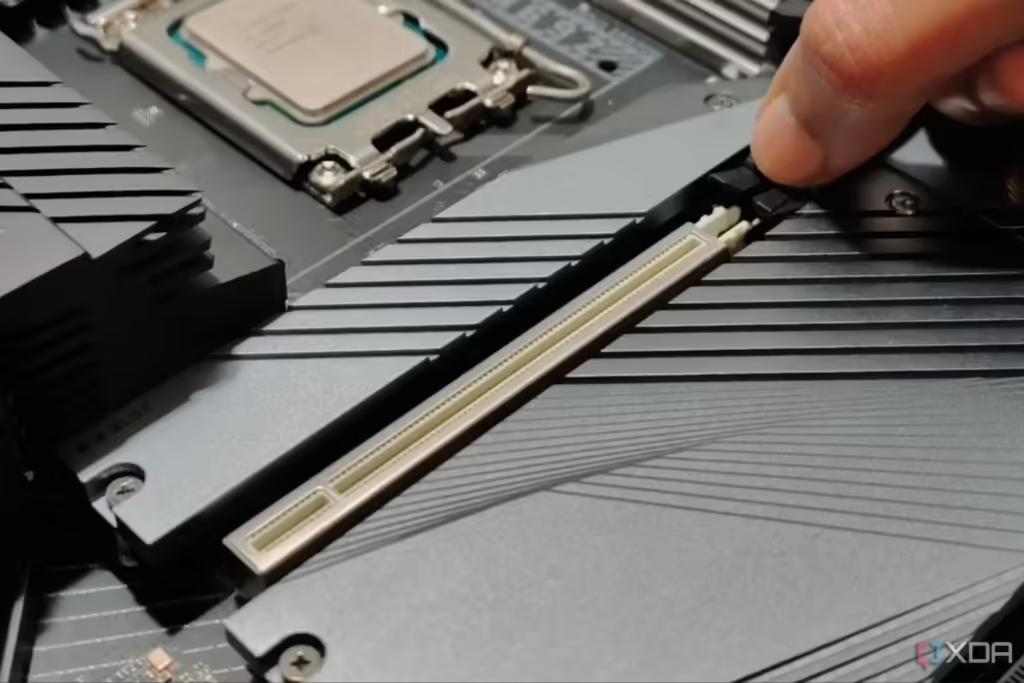
GPUs require PCIe slots for installation. Most modern GPUs need at least two PCIe slots, but some high-end models may require three or more.
Slot Availability:
Check how many PCIe slots your case has and their arrangement. Ensure there are enough slots available for the GPU you plan to install. Remember that the number of available slots may be reduced if you have other expansion cards installed.
Slot Position:
Verify the position of the PCIe slots relative to other components. Ensure the GPU won’t block access to other crucial ports or components. For example, a wide GPU might make it difficult to access adjacent slots or connectors.
Power Supply Clearance:
Ensure your power supply unit (PSU) and its cables won’t interfere with the GPU installation.
PSU Position:
Check if your PSU is mounted in a way that might obstruct the GPU. Some cases have PSU shrouds that could limit GPU length. PSU position is crucial because it affects how much space is available for the GPU and other components.
Cable Management:
Ensure there is enough room for the PSU cables. Proper cable management helps in maintaining airflow and preventing obstruction. Neatly routed cables can also prevent accidental damage to the GPU and other components.
Case Type and Form Factor:
The type and form factor of your case can significantly impact GPU compatibility.
Full Tower Cases:
Full tower cases usually have ample space for larger GPUs, making them ideal for high-performance builds. These cases often come with better cooling options and more room for additional components, making them a preferred choice for enthusiasts and gamers.
Also Read: Pc Won’t Turn On When GPU Connected – Troubleshooting Guide!
Mid Tower Cases:
Mid tower cases can fit most GPUs but may have some limitations with very large or triple-slot GPUs. They offer a good balance between size and expandability, suitable for most gaming and workstation builds.
Mini Tower and Small Form Factor Cases:
These cases are compact and may require smaller, low-profile GPUs. Ensure to check the GPU and case dimensions carefully. Building in these cases often requires careful planning and consideration of cooling and airflow.
Practical Steps to Ensure Compatibility:
Research:
Look up user reviews and forums for real-world experiences with your specific case and GPU combination. Real-world feedback can provide insights into potential issues and solutions.
Use Online Tools:
Websites like PCPartPicker offer compatibility checks that can help ensure your chosen GPU will fit in your case. These tools consider the dimensions and other factors to provide a comprehensive compatibility assessment.
Consult the Manufacturer:
Check the case and GPU manufacturer’s websites for detailed compatibility information and recommended dimensions. Manufacturer websites often have compatibility guides and FAQs that can be very helpful.
Common Pitfalls and Solutions:
Overlooking Case Obstructions:
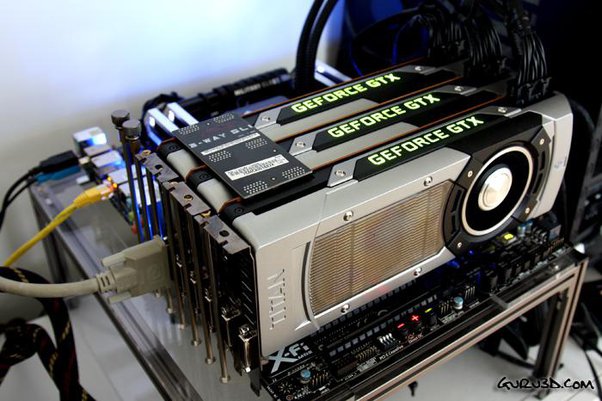
Drive bays, additional fans, or other hardware can obstruct GPU installation. Always consider these elements when measuring your case. If necessary, consider relocating or removing non-essential components to make room for the GPU.
Ignoring Cooling Requirements:
A larger GPU might block airflow or require additional cooling solutions. Ensure your case has adequate ventilation and cooling options. Poor cooling can lead to overheating and performance issues, so it’s crucial to plan for adequate airflow.
Not Considering Future Upgrades:
If you plan to upgrade other components in the future, ensure your case has enough space to accommodate those changes along with the GPU. Future-proofing your build can save time and money in the long run.
Tools for Checking Compatibility:
PCPartPicker:
This website allows you to build a virtual PC and checks for component compatibility, including GPU fitment. It’s a valuable tool for planning your build and avoiding compatibility issues.
Manufacturer Specifications:
Always refer to the detailed specifications provided by the GPU and case manufacturers to ensure a perfect fit. These specifications often include detailed diagrams and measurements that can help in planning your build.
Community Forums:
Engage with community forums and user reviews to get insights and real-world feedback on specific case and GPU combinations. Forums can be a great resource for troubleshooting and getting advice from experienced builders.
Troubleshooting Fitment Issues:
Modifying the Case:
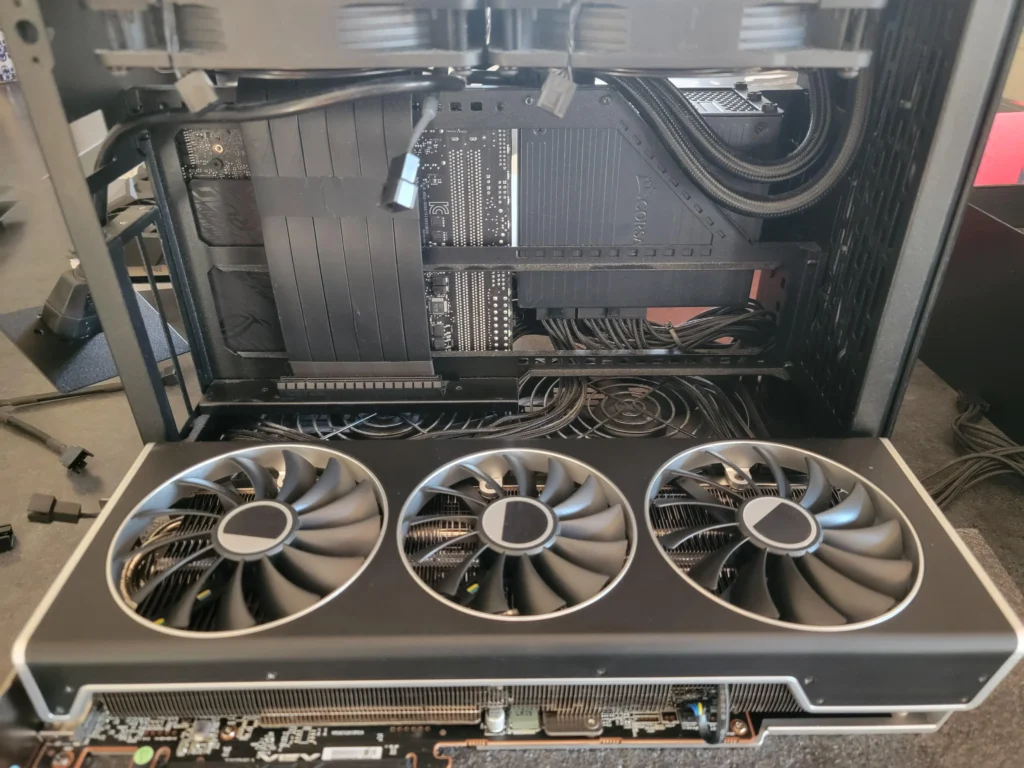
If the GPU is slightly larger than the available space, you might be able to modify the case by removing or repositioning certain components. Be cautious when modifying the case to avoid damaging it or voiding the warranty.
Using a PCIe Riser Cable:
A PCIe riser cable can help if your GPU fits horizontally but needs more vertical space. This cable allows you to position the GPU differently within the case, providing more flexibility.
Seeking Professional Help:
If you’re unsure about modifications, consult a professional to avoid damaging your components. Professional builders can provide valuable insights and ensure that your build is completed safely and effectively.
FAQ’s:
1. How do I measure my case for a GPU?
Measure the internal length, width, and height of the space where the GPU will be installed using a ruler or measuring tape.
2. Can a mid-tower case fit any GPU?
Most mid-tower cases can fit standard GPUs, but very large or triple-slot GPUs may require a full tower case.
3. What if my GPU doesn’t fit in my case?
If the GPU doesn’t fit, you may need to consider a smaller GPU, a larger case, or modifying your current case if possible.
4. Are there tools to check GPU and case compatibility?
Yes, tools like PCPartPicker can help check the compatibility of your GPU with your case.
5. Why is PSU clearance important for GPU installation?
Proper PSU clearance ensures that power cables don’t obstruct the GPU and maintains adequate airflow within the case.
Conclusion:
Ensuring your GPU fits into your case is crucial for optimal performance and system reliability. By carefully measuring your case, understanding GPU dimensions, and considering factors like PCIe slots and PSU clearance, you can avoid common pitfalls and ensure a seamless installation. Use tools like PCPartPicker and manufacturer specifications for guidance. Proper planning ensures your build runs efficiently and avoids potential hardware issues.
